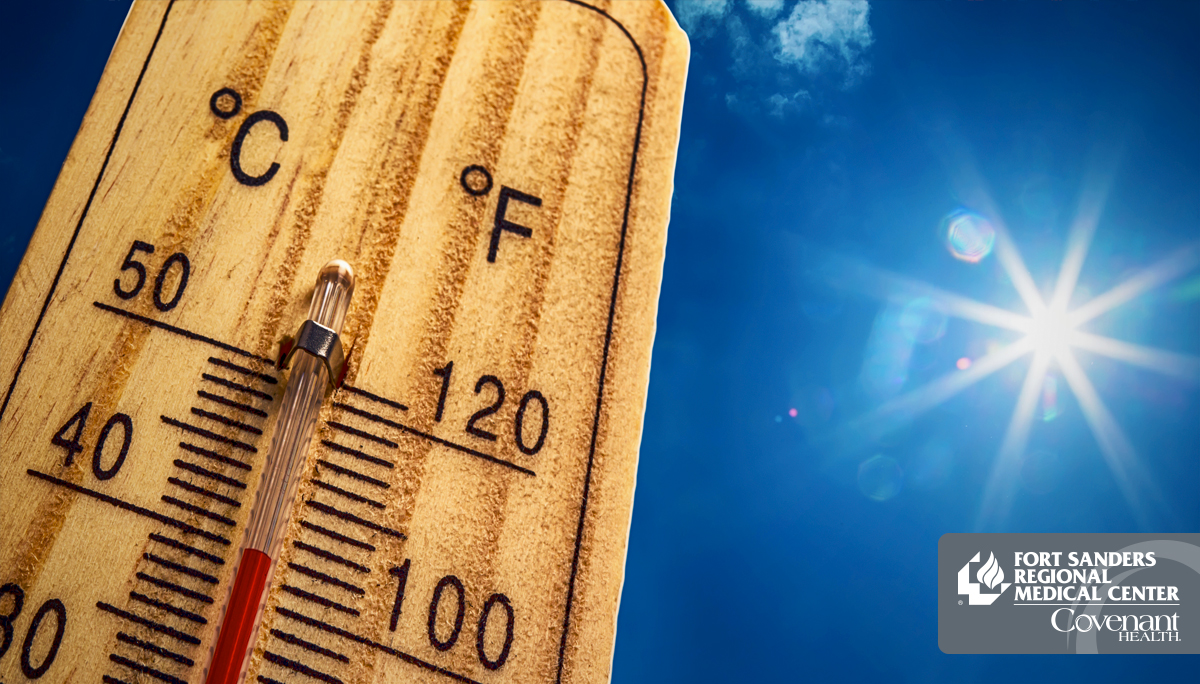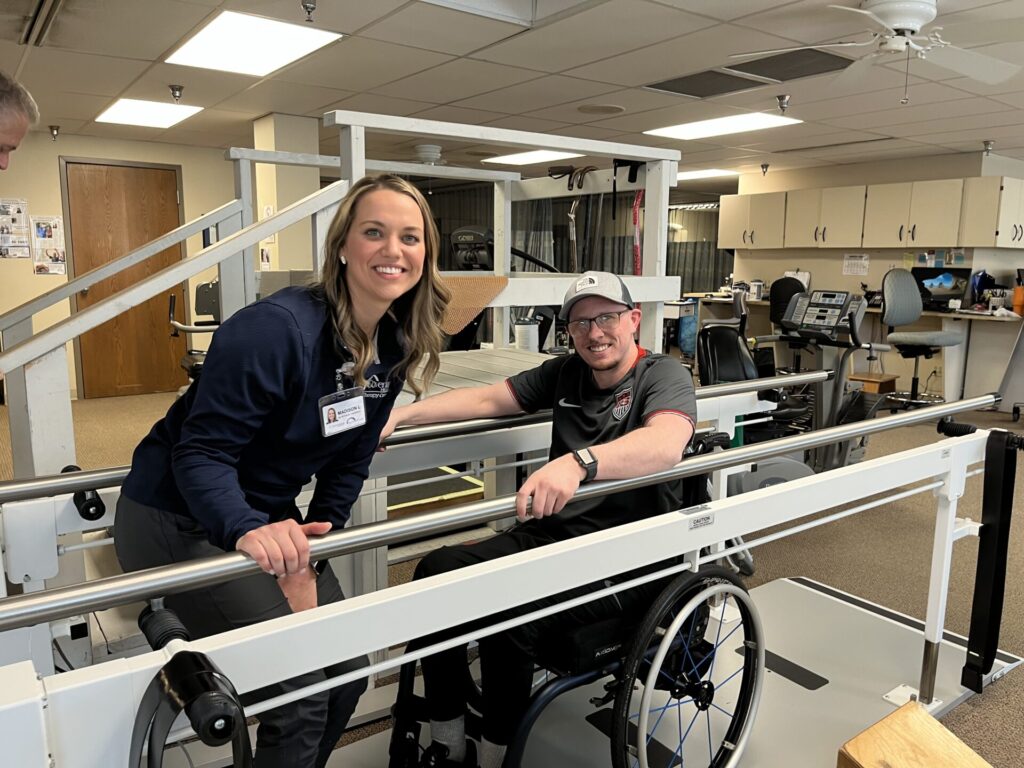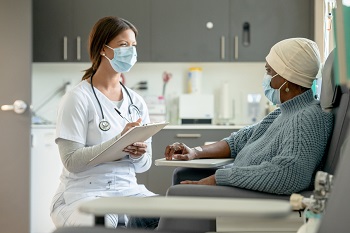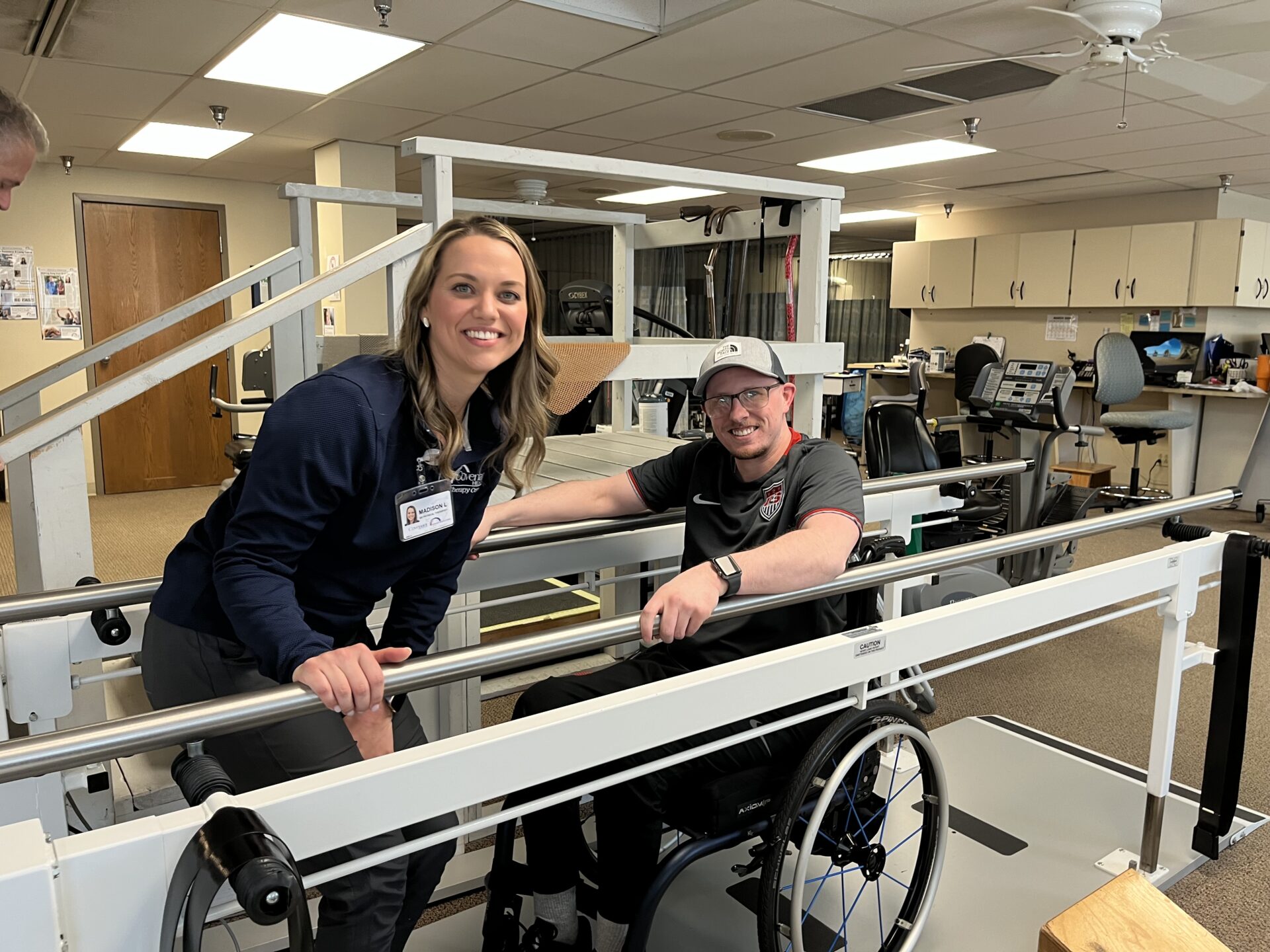- Find a DoctorDoctors by Specialty
- Cardiac Electrophysiology
- Cardiology
- Colon & Rectal Surgery
- Family Medicine
- Gastroenterology
- General & Vascular Surgery
- Gynecological Oncology
- Gynecology
- Infectious Disease
- Internal Medicine
- Interventional Cardiology
- Interventional Radiology
- Nephrology
- Neurology
- Neurosurgery
- Obstetrics & Gynecology
- Oncology
- Oncology & Hematology
- Orthopedic Surgery
- Otolaryngology
- Perinatology
- Psychiatry
- Pulmonary Medicine
- Radiation Oncology
- Rheumatology
- Sleep Medicine
- Thoracic Surgery
- Urology
- View All Doctors
- Our ServicesMedical Services
- Bariatric Services
- Behavioral & Mental Health
- Breast Care
- Cancer Care
- Critical Care
- Ear, Nose, & Throat
- Emergency Services
- Gastroenterology
- Glossary
- Heart Care
- Home Care
- Hospice & Palliative Care
- Imaging & Diagnostics
- Long-Term Care
- Nephrology
- Orthopedics
- Primary Care
- Rehabilitation Therapies
- Robotic-Assisted Surgery
- Sleep Services
- Spine Care
- Stroke Care
- Surgery Services
- Telehealth Services
- Urology
- Urgent Care
- Virtual Urgent Care
- Women’s Services
- Wound Care
- Our Locations
- Patients & Visitors
- About Us
Don’t get burned
Be prepared for summer dangers
Basking in the Basking in the warm glow of the sun can make us feel good. But the cumulative effects of sun exposure can put us at higher risk of skin damage, early wrinkling, age spots and skin cancer.
The sun produces invisible rays called ultraviolet-A (UVA) or ultraviolet-B (UVB) that can damage skin. Too much sun can cause sunburn, rashes, skin texture changes and skin cancers. Even on cloudy days, UV radiation can cause skin damage.
Sunburn is a condition that occurs when the amount of exposure to the sun or another ultraviolet light source, for example a tanning bed, exceeds the ability of the body’s protective pigment (melanin) to protect the skin. Symptoms of sunburn include painful, reddened skin; however, sunburn may not be immediately visible. By the time the skin
starts to become painful and red, the damage has been done.
Over-the-counter pain relievers, cold compresses, and aloe, hydrocortisone, or moisturizing creams may help reduce pain and discomfort. Severe sunburn may result in swelling and blisters. If blisters form, do not break them – they’re a source of moisture and protection. Breaking the blisters may lead to infection. Consider seeing a doctor if you
have a blistered sunburn. People who are severely sunburned may also develop a fever, chills, and/or weakness.
Several days after sunburn, people with naturally fair skin may have peeling in the burned areas. Some itching may occur and the peeled areas are even more sensitive to sunburn for several weeks.
Susceptibility to sunburns is increased in people with:
- Fair skin
- Light-colored hair
- People using certain medications that increase the skin’s sensitivity to sunburn, such as NSAIDs, quinolones, tetracyclines, psoralens, thiazides, furosemide, amiodarone and phenothiazines.
Most people’s skin will burn if there is enough exposure to ultraviolet reactions. However, some people burn particularly easily or develop serious skin reactions to sunlight.
More than 80 percent of the signs of skin aging in adults result from their tans as teens. Tanned skin may be revered as beautiful, but that golden color you see is the result of injury to the epidermis, the top layer of skin. Exposure to the sun’s ultraviolet (UV) rays accelerates the effects of aging and increases your risk for developing skin
cancer. To prevent sun damage, use a sunscreen of SPF 15 or higher when outdoors. If you have fair skin or burn easily, boost your SPF to 30 or higher.
The best way to prevent sunburn, premature wrinkles, skin cancer and other damaging effects from the sun is to stay out of it as much as possible, especially between 10 a.m. – 4 p.m. when the sun’s rays are strongest. If you can’t avoid sun exposure, apply sunscreen liberally (don’t forget your lips and ears!), wear a hat and sunglasses, and cover up with clothing when outdoors.
If you notice changes to your skin such as a mole changing appearance, a new growth or a sore that won’t heal, see a doctor right away.
Understanding heat-related illness – the basics
 What are heat-related illnesses?
What are heat-related illnesses?
Experts state that prolonged or intense exposure to hot temperatures can cause heat-related illnesses such as heat exhaustion, heat cramps and heat stroke. As your body works to cool itself in warmer temperatures, blood rushes to the surface of your skin. As a result, less blood reaches your brain, muscles and other organs. This can interfere with both your physical strength and your mental capacity, leading, in some cases, to serious danger.
Heat illness can strike virtually anyone. But the elderly, obese persons and chronic alcoholics are at greater risk, as are individuals taking certain drugs such as antihistamines or antipsychotic medications. High humidity also increases the risk of heat illness because it interferes with the evaporation of sweat – your body’s way of cooling itself.
Heat exhaustion, heat cramps and heat stroke all occur when your body cannot cool itself adequately. But each is slightly different.
Heat exhaustion occurs when the body loses large amounts of water and salt through excessive sweating. This loss of essential fluids can disturb circulation and interfere with brain function. Individuals who have heart problems or are on low-sodium diets may be particularly susceptible to heat exhaustion.
As in heat exhaustion, heat cramps can strike when the body loses excessive amounts of fluids and salt. This deficiency, accompanied by the loss of other essential nutrients such as potassium and magnesium, typically occurs
during heavy exertion.
Heat stroke, the most serious of the heat-related illnesses, occurs when the body suffers from long, intense exposure to heat and loses its ability to cool itself. In prolonged extreme heat, the part of the brain that normally regulates body temperature malfunctions. This decreases the body’s ability to sweat and, therefore, cool down.
Those who have certain medical conditions that decrease the body’s ability to sweat may be at greater risk of developing heat stroke.
If you or someone you know is suffering from a heat-related illness, seek treatment from your primary care physician or the emergency department at Fort Sanders Regional Medical Center.
Keep water activities safe
With the onset of summer, our thoughts turn to longer days, cookouts and of course, water activities at the pool or
lake. In order to keep water time safe for you and your loved ones:
- Never leave a child alone in the water, even if they know how to swim. An accident can occur in seconds. If you have to leave for any reason, take your child with you.
- Never swim alone or allow others to do so.
- Install safety fences and self-latching gates around the pool area.
- Don’t leave toys or other enticing items near the pool or lake to attract children.
- When out on the lake, make sure everyone is wearing a life jacket.
- Make sure an adult supervising the area knows CPR.
- Keep rescue equipment nearby in case of emergencies.
With proper safety measures, time spent in the water can be the most fun for you and your family.
Updated 6/30/2022

























